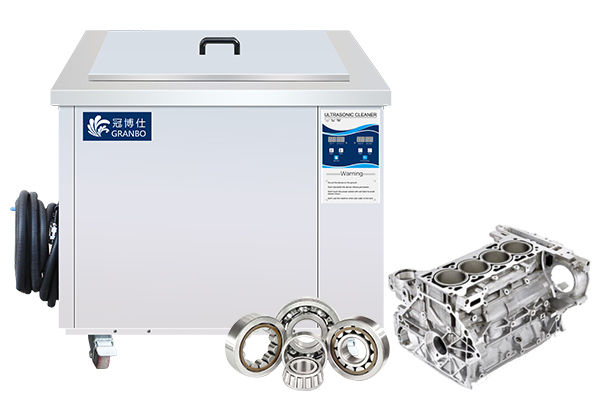Understanding Ultrasonic Generators and Their Importance

Ultrasonic generators are essential components in numerous industrial and medical applications, providing the necessary electrical signals to drive ultrasonic transducers. These devices convert electrical energy into high-frequency mechanical vibrations, enabling applications such as ultrasonic cleaning, medical imaging, and industrial welding. With advancements in digital electronics, traditional analog ultrasonic generators have been replaced by more efficient and precise digital circuits, improving performance, reliability, and customization capabilities.
Core Components of a Digital Ultrasonic Generator Circuit
The functionality of an ultrasonic generator depends on several key digital circuit components that ensure optimal performance. These components work together to generate, modulate, and control ultrasonic frequencies with high precision.
1. Microcontroller or Digital Signal Processor (DSP)
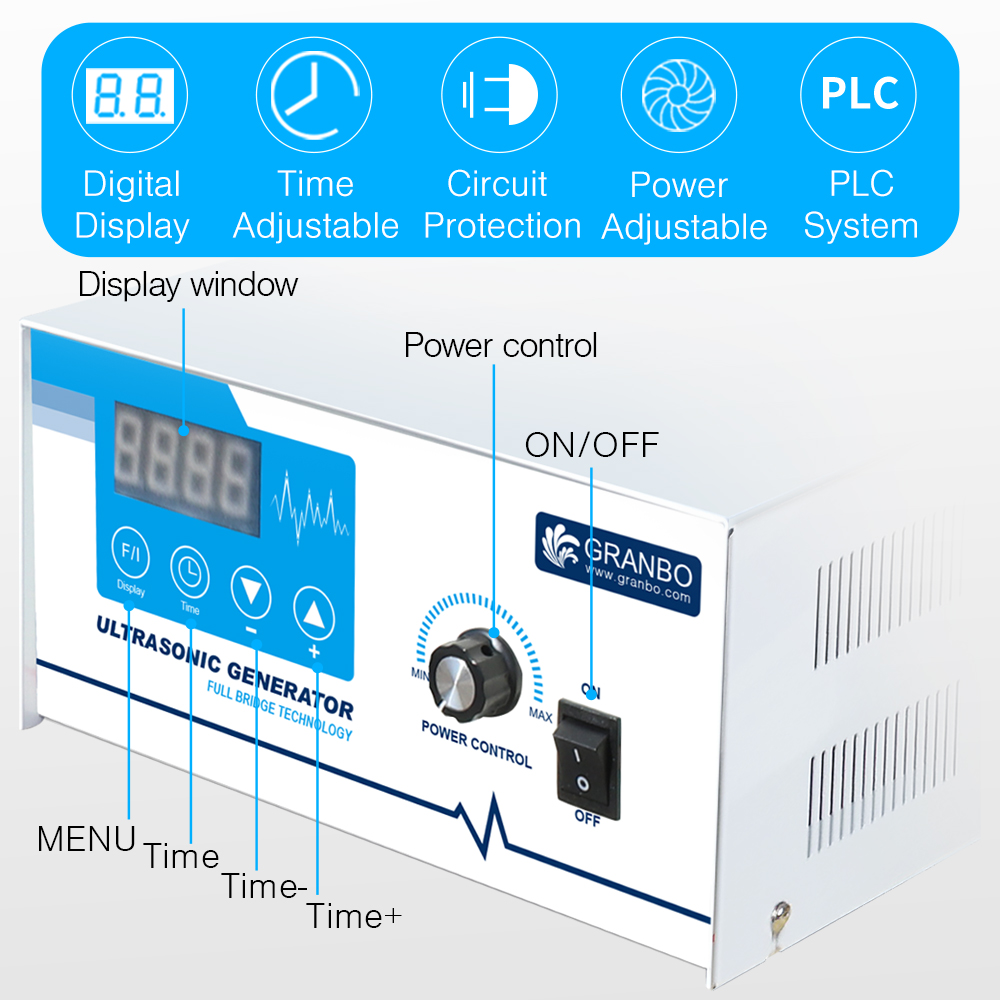
A microcontroller or DSP serves as the brain of the ultrasonic generator, managing signal generation and modulation. DSPs are preferred in high-precision applications due to their ability to handle complex signal processing tasks in real time.
- Clock Source: Provides a stable frequency reference.
- Phase-Locked Loop (PLL): Ensures frequency stability and synchronization.
- Modulation Control: Implements pulse-width modulation (PWM) or frequency modulation (FM) techniques for enhanced performance.
2. Signal Generation and Amplification Circuitry
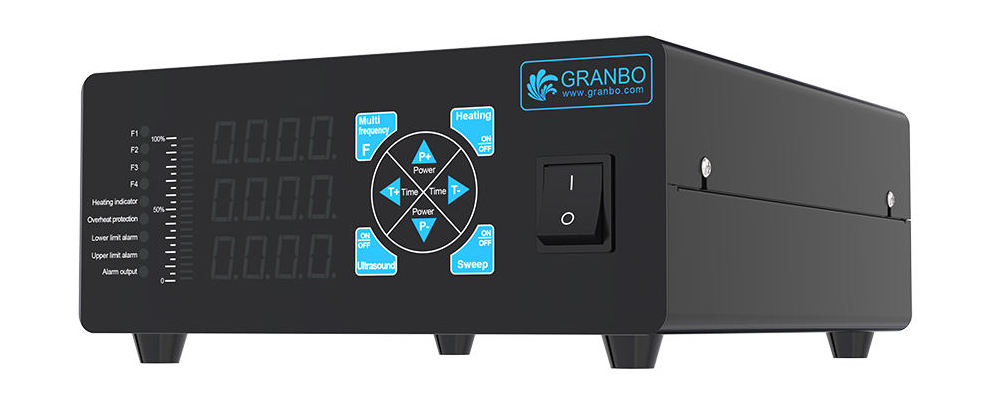
The generated ultrasonic signal must be amplified to drive the transducer effectively. This process involves:
- Oscillator Circuits: Generate the fundamental ultrasonic frequency.
- Power Amplifier: Boosts the signal to a level suitable for the transducer.
- Impedance Matching Network: Ensures efficient energy transfer between the amplifier and the transducer.
Frequency Control and Modulation Techniques
Achieving precise frequency control is critical for maintaining efficiency and effectiveness in ultrasonic applications. Digital circuits provide several methods for fine-tuning frequency output.
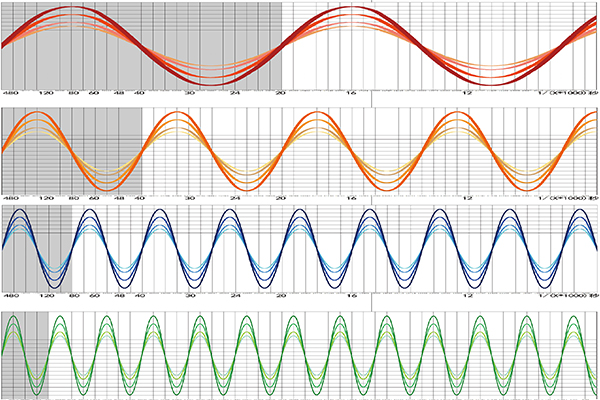
1. Phase-Locked Loop (PLL) Technology
A PLL is widely used to stabilize and control the ultrasonic frequency. By locking onto a reference frequency, a PLL can dynamically adjust the output signal, maintaining optimal resonance with the transducer.
2. Pulse-Width Modulation (PWM) for Power Efficiency
PWM is commonly used to control the output power of the ultrasonic generator. By varying the duty cycle of the signal, power consumption and heat dissipation can be managed effectively, improving system efficiency.
3. Frequency Sweep and Auto-Tuning
To accommodate varying load conditions and enhance ultrasonic efficiency, digital ultrasonic generators often incorporate frequency sweep and auto-tuning mechanisms. These features allow the system to adapt to environmental changes and optimize performance dynamically.
Power Management and Efficiency Considerations
Efficient power management is crucial for ensuring the longevity and effectiveness of an ultrasonic generator. Digital circuits contribute significantly to optimizing power usage and minimizing losses.
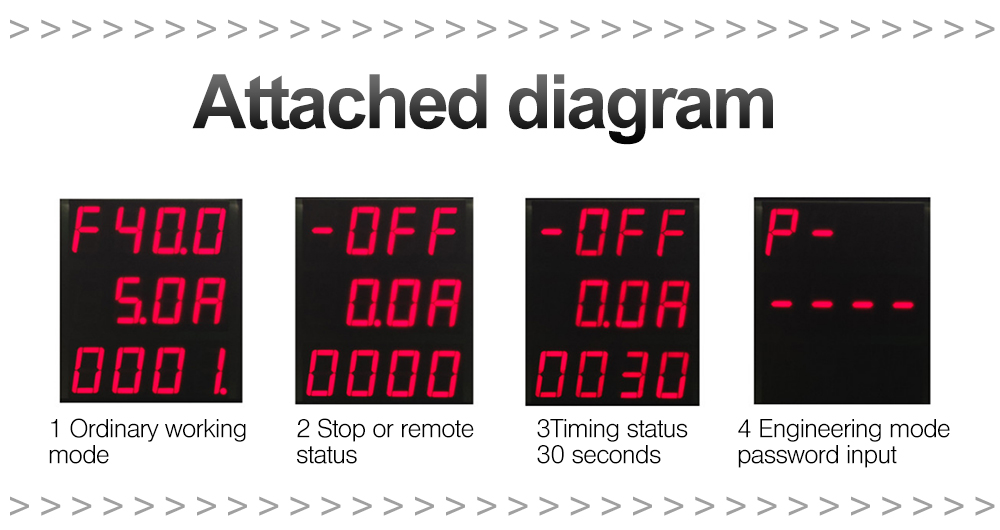
1. Switching Power Supplies
Switching power supplies, such as DC-DC converters, are commonly used in digital ultrasonic generators to regulate voltage levels efficiently. They offer better efficiency compared to traditional linear power supplies.
2. Thermal Management Strategies
High-power ultrasonic applications generate substantial heat, necessitating robust thermal management solutions. Digital circuits integrate thermal sensors and feedback loops to regulate operating temperatures and prevent overheating.
3. Protection Mechanisms
To safeguard the system, digital circuits incorporate:
- Overvoltage and Overcurrent Protection
- Short-Circuit Detection
- Soft-Start Mechanisms to gradually increase power output and reduce stress on components.
Applications of Digital Ultrasonic Generators
With precise frequency control, power management, and adaptability, digital ultrasonic generators have revolutionized various fields. Some key applications include:

1. Industrial Cleaning and Sonochemistry
Ultrasonic cleaning systems use digital ultrasonic generators to remove contaminants from surfaces with minimal chemical usage. Sonochemistry leverages ultrasonic energy for chemical reactions, improving efficiency in processes like emulsification and degassing.
2. Medical Imaging and Therapy
Medical ultrasound devices rely on digital ultrasonic generators for producing high-frequency sound waves essential for imaging and therapeutic applications. Digital control ensures accuracy and safety in procedures such as diagnostic ultrasound and lithotripsy.
3. Ultrasonic Welding and Material Processing
Industries use ultrasonic generators for precise welding of plastics and metals. Digital frequency control ensures consistent and reliable bonding, reducing defects and enhancing manufacturing efficiency.
Final Thoughts
The transition from analog to digital circuits in ultrasonic generators has unlocked unprecedented levels of precision, efficiency, and versatility. By leveraging microcontrollers, advanced modulation techniques, and robust power management, modern ultrasonic generators can meet the demanding requirements of diverse industrial and medical applications. As technology continues to evolve, future developments in digital ultrasonic circuit design will further enhance performance, opening new frontiers in ultrasonic applications worldwide.
References
- Kinsler, L. E., & Frey, A. R. (1999). Fundamentals of Acoustics. Wiley.
- Nakamura, K. (2012). Ultrasonic Transducers: Materials and Design for Sensors, Actuators, and Medical Applications. Woodhead Publishing.
- Khuri-Yakub, B. T., & Oralkan, O. (2011). “Capacitive Micromachined Ultrasonic Transducers for Medical Imaging and Therapy.” IEEE Transactions on Ultrasonics, Ferroelectrics, and Frequency Control, 58(1), 3-20.
- Culjat, M. O., Goldenberg, D., Tewari, P., & Singh, R. S. (2010). “A Review of Tissue Substitutes for Ultrasound Imaging.” Ultrasound in Medicine & Biology, 36(6), 861-873.

